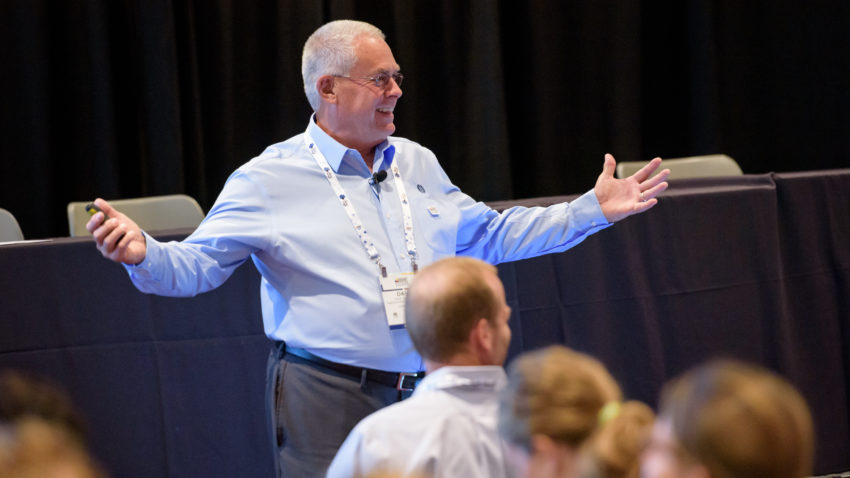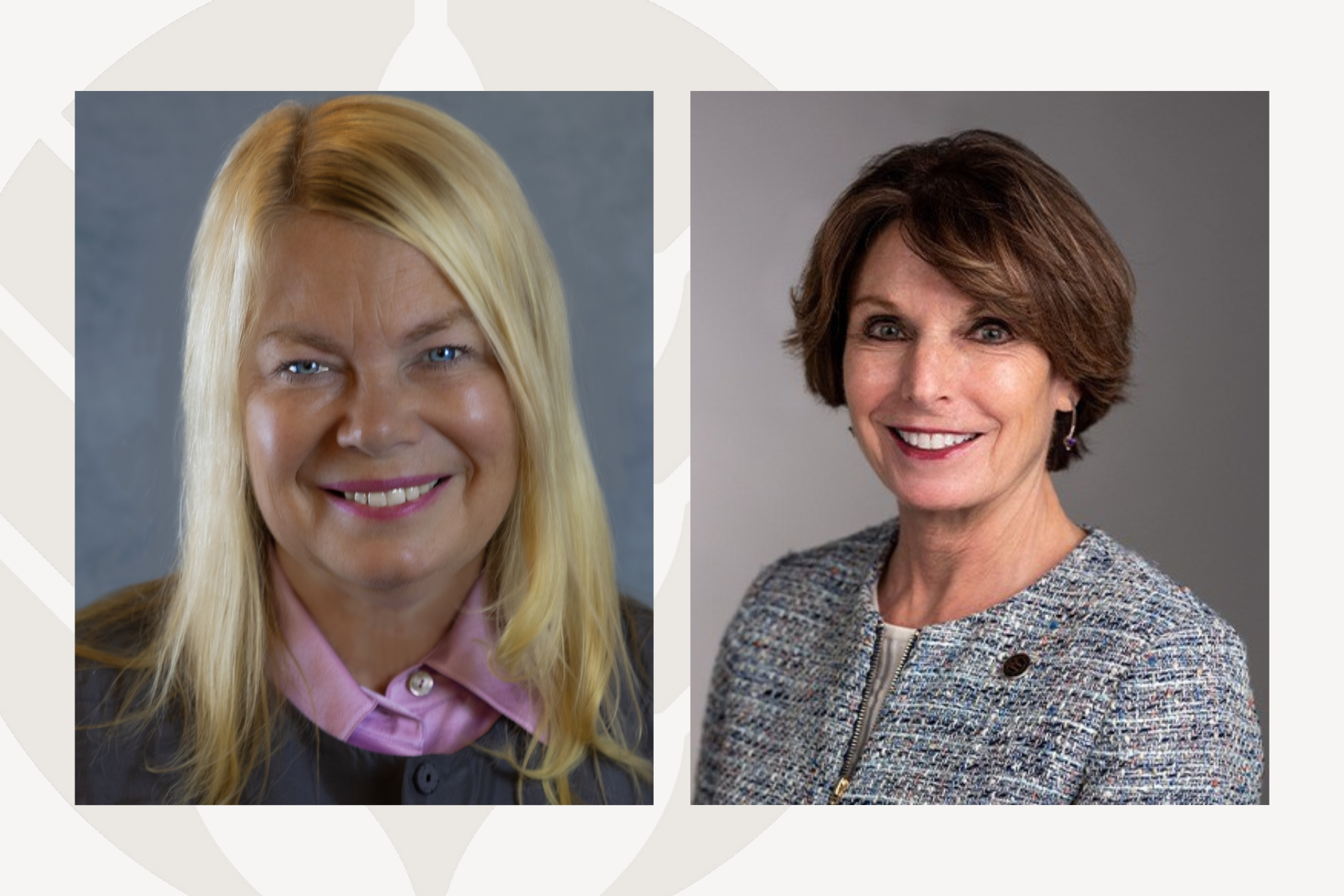Dave Van Laar, Senior Advisor to the President and CEO of the American Bakers Association (ABA), gave industry professionals a quick taste of the Bakers Manufacturing Academy, formerly known as Cookie & Cracker Academy, during a 2019 International Baking Industry Exposition (IBIE) education session at the Las Vegas Convention Center.
ABA'sBakers Manufacturing Academy features comprehensive instruction written by people in the industry for people in the industry, with an emphasis on those new to the industry.
While we have multiple courses available within the Academy, for today’s purposes, we’ll focus on the Entry Level Training Program (ELT). This program provides the fundamentals that all manufacturing professionals need to know within the cookie & cracker industry. The ELT Program is a six-week, self-paced program that uses videos, photos, and interactive exercises to teach modules on ingredients, mixing, forming, and baking. The Association also has instructors who will teach the program on-site or train trainers to take the program back to your facility.
Van Laar said even scholars with four-year food science degrees could gain a great deal from the program because they come in knowing a lot about food science, but still require knowledge on production procedures, so they are one of quality, consistency, and sustaining throughout the plant.
Ingredients and the Finished Product
In the ingredient module, participants study structure, sweetness, leavening, tenderness, and flavoring.
“Those are the five basic things that we pick an ingredient for,” Van Laar explained.
One key exercise is making sample batches intentionally wrong.
“We’d mix it, bake it, and then I’d ask everybody, what is wrong with this product,” Van Laar said.
“I’ve got to tell you, that never happens in real life, does it?” he said as his audience laughed. “The CFOs say that would never happen with our people, but when you get down to the real people, it happens all the time. But you don’t see that until you see the finished product.”
The program teaches students to look at that product and identify what may be off.
“Too much water, too little flour, too much salt. You don’t know. So we teach them through these examples of what it looks like when you make mistakes on purpose,” Van Laar said.
Teach Employees to “Talk Bakery”
The intent isn’t to pack a 500-foot oven with “a lot of quasi troubleshooters,” he added. It’s primarily so they’ll feel comfortable going to a supervisor and explaining that there’s a problem with the product, and it gives them the baking vocabulary to describe the problem.
“We want to teach them to talk bakery,” Van Laar said.
Other topics include ingredient storage, origin traceability, and identification. It’s not enough to say sugar, flour or salt when commercial baking includes multiple varieties of each.
Mixups can be devastating. Van Laar cited the example of a major recall from a big company because one person on the third shift put the wrong ingredient in a batch.
“Recalls can be in the millions very quickly. So big companies, small companies, you’re not immune from mistakes being made,” he said.
Frequently product variations have nothing to do with the error. Van Laar pointed out the adjustments necessary as a result of crop changes. When the old grain is gone and the new comes in, variations can have a significant impact on the baking process.
“Some of us tell our vendors to give us a 50/50 blend and then the new,” Van Laar said. “Some of us say, ‘Bring it on, and we’ll adjust it as we go.’ Adjusting flour is a natural course of doing business. It’s not you doing something wrong. We make 3,000-pound batches commercially, and we’re adjusting flour 5% all the time.”
When there is a bad batch, often it’s better to start over.
“There’s nothing you can do to fix it. If you’ve got a bad batch, and you know it, I’ve taught this course for managers who have said, ‘Please tell people that it’s OK to stop there and throw it away.’ But instead, let’s fix it. Let’s spend a couple more thousand dollars on it. And add more labor to it and add packaging, and maybe it will work.”
Education Does Not Mean Training
One of the benefits of the program is establishing a training standard so that veterans don’t perpetuate bad habits, saying, ‘This is the way I shortcut it. I’m going to teach you how to do it my way, not the right way, but my way.’ It happens all the time. With this entry-level training, we’re training to the same standard every time,” Van Laar said.
He added that he hesitates to call the program “training.”
“This is not training; I train my dog to sit. When I make a command, he sits. We don’t want people doing that. We want education. We want to educate them to think on their own. To think through different situations and make their own decisions by going through the process.”
That education paid off when a student came to Van Laar between classes at a plant. “You’ve got to see this,” he said.
“So I got my hairnet on and went out, and they were at the mixer doing exactly what I told the class not to do,” Van Laar said. “And he said, ‘Look what we’re doing.’ Now, what brought his attention to what they were doing was not the mixer, not the depositor operator, it was the packaging people. And I’ve got to tell you, one of the most frustrating things as a manager is to see something going on in the packaging area, and they try to fix it in the packaging area. People, you can’t fix a piece of cookie in the packaging area. They’ll adjust the machine until it gets wider and wider and wider and then wonder why it doesn’t fit through the packaging machine. It happens all the time. There’s a wall between the oven front and back. So we’ve got to teach people to communicate.”




